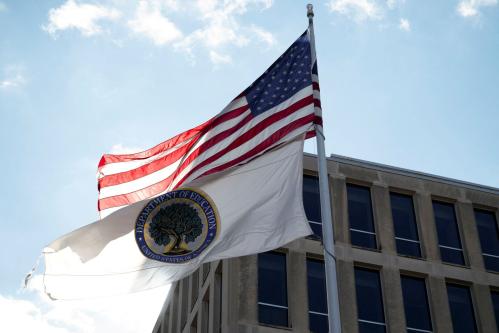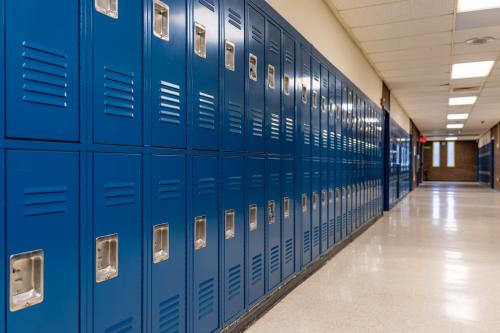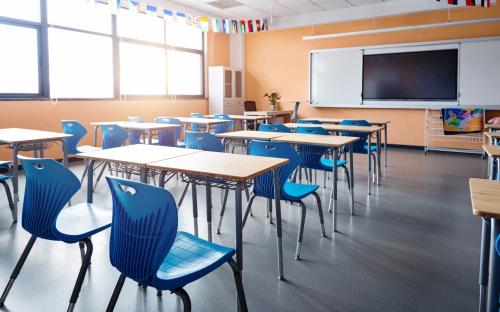Black students have been (slowly) closing the gap on whites in terms of in high school test scores and graduation rates. But the divide at the college level remains wide. In 2007, the gap in postsecondary attainment (at least an associate degree) between blacks and whites was 13.3 percent (41.0 percent vs. 27.7 percent). The gap remained in the double digits, at 13.6 percent (46.9 percent vs. 33.3 percent), in 2015.
Do black colleges help?
Historically black colleges and universities (HBCUs) serve just 0.1 percent of the overall student population, but account for 20 percent of black students who complete bachelor’s degrees. The performance of these institutions is often questioned, given that they have graduation rates about 21 percentage points lower than non-HBCUs, as well as debt levels that often exceed those reported by students at predominantly white institutions. HBCUs have also faced questions over their capacity to generate consistent and positive earnings gains for their graduates.
The claim of HBCUs to be engines of upward mobility can now, however, be tested more directly. New administrative data just released along with a paper from researchers at the Equal Opportunity Project shows that HBCUs actually have a better track record at fostering mobility than many thought.
Raj Chetty, John Friedman, Emmanuel Saez, Nicholas Turner, and Danny Yagan have gone back to their treasure trove of data from tax records to see where students from different income backgrounds go to college, and how they fare economically by the time they reach their 30s. (It is worth saying that this huge, carefully-conducted study will clearly be another landmark from this team. It is also worth thanking Chetty and his colleagues for making so much data available online for other researchers; we’ll be analyzing it plenty more in coming weeks and months.)
HBCUs are doing a better job than the average postsecondary institution, in terms of vaulting lowest-income kids into the top quintile as adults. Of those HBCUs that the researchers were able to collect data for, over 85 percent had a higher “mobility score” than the average across all institutions in the U.S.:
The HBCU edge: Access
The mobility score constructed by Chetty and colleagues measures the share of the student body at each institution that goes from the bottom quintile of income distribution as kids to the top income quintile as adults. In more precise terms, the score is the product of two factors: access and success. Access is measured by the proportion of students coming from families in the bottom income quintile. The success component tracks the proportion of this group who make it to the top quintile as adults. HCBUs do better on access than on success:

Historically black colleges still lag the institutional average in terms of boosting one’s chances of making it into the top income quintile as an adult. But they do a much better job at enrolling low-income kids.
HBCUs face many challenges in improving quality and outcomes of their students, and vary greatly in institutional performance. But the new data suggests that by attracting so many lower-income students, they do play an important role in promoting upward mobility for poor black students, and thus contribute to closing one of the most persistent and important gaps between black and white Americans.
The Brookings Institution is committed to quality, independence, and impact.
We are supported by a diverse array of funders. In line with our values and policies, each Brookings publication represents the sole views of its author(s).





Commentary
The contribution of historically black colleges and universities to upward mobility
January 19, 2017